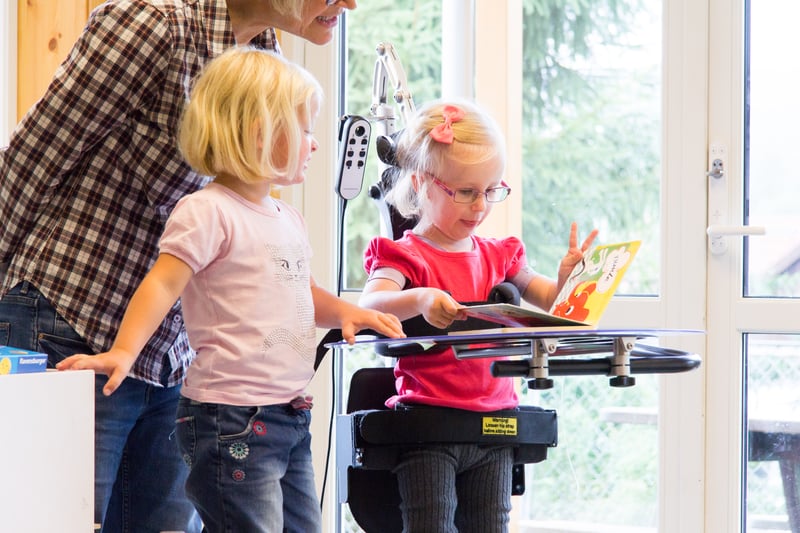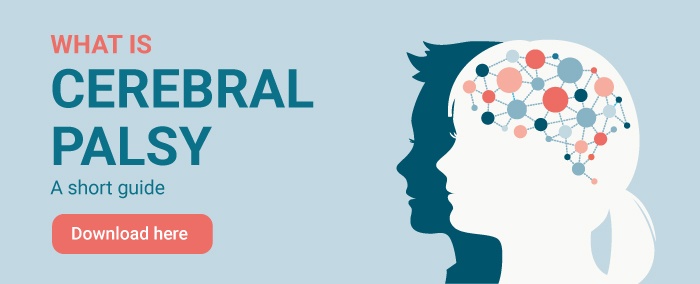Pediatric Evaluation of Disability Inventory Computer Adaptive Test (PEDI-CAT)


There is a continuous need of assessing patients. Either to understand the severity of a diagnosis, to predict future outcome, to plan interventions, or to measure outcomes/effectiveness of interventions.

There are several instruments available. In this article, we will focus on the Pediatric Evaluation of Disability Inventory Computer Adaptive Test (PEDI-CAT), which is an instrument used to evaluate functional performance in people with disabilities.
What is PEDI-CAT?
PEDI-CAT is a revised and extended computer adaptive test of the original version PEDI, developed in the USA in 1992. It’s an instrument for evaluating functional performance and capability in 4 domains: daily activities, mobility, social/cognitive and responsibility.
In a clinical setting, it can be used to identify functional delay within specific functions, or for evaluation of improvement after intervention. It is also a well-used instrument within research to evaluate and monitor a group progress.
Read also: Alvin needs help with everything – also being upright and moving.
The PEDI-Cat is a questionnaire and can be performed by either the child’s caregiver or by the child’s therapist/clinician. The assessment focuses on the child’s typical performance at present time. It involves using a software which is based on statistical models to estimate a child’s abilities from a minimal number of the most relevant items, or from a set number of items within each domain.
This means that after each item is performed, the response to that item then dictates which item will appear next, which is either a harder or an easier item. This way the program tailors the items to the child and avoids irrelevant items.
Who is it for?
The PEDI-CAT can be used with children and youth (birth through 20 years of age) with a variety of physical and/or behavioural conditions (H. M. Dumas et al., 2012).
What is the focus in the four domains and how are they rated?
Daily activities consists of 68 items within “Getting dressed”, “Keeping clean”, “Home tasks” and “Eating and mealtime”. Examples of items are “Put on socks” and “Drinks using a straw”.
Mobility consists of 75 items within “Basic movement and transfers”, “Standing and walking”, “Steps and inclines” and “Running and playing”. In addition, there are 10 items for children using mobility devices and a wheelchair subdomain with 12 items. Examples of items are “Sits on floor without support of pillow or couch”, “Walks up a flight of stairs without holding onto handrail”, “Goes up and down ramp with wheelchair”, “Walks with walking aid up and down ramp”.
Social/Cognitive consists of 60 items within “Interaction”, “Communications”, “Everyday Cognition” and “Self-Management”. Examples of items are “Follow directions given by adult leader of a small group”, “Recognizes his/her printed name”, “Recognizes numbers such as on a clock or phone” (H. Dumas et al., 2010; Haley, Ni, Fragala‐Pinkham, Skrinar, & Corzo, 2005).
The three functional skill domains are rated on a 4 point scale:
- Unable = Can’t do, doesn’t know how or is too young
- Hard = Does with a lot of help, extra time or effort
- A little hard = Does with a little help, extra time or effort
- Easy = Does with no help, extra time or effort, or child’s skills are past this level
- I don’t know
Responsibility consists of 51 items that assess a person’s ability to manage life tasks within “Organization and planning”, “Taking care of daily needs”, “Health management” and “Staying safe”. As this is more difficult tasks, this part should only be used for people above 3 years of age and up to 21 years.
The responsibility domain has its own 5 point scale:
- Adult/caregiver has full responsibility; the child does not take any responsibility
- Adult/caregiver has most responsibility and child takes a little responsibility
- Adult/caregiver and child share responsibility about equally
- Child has most responsibility with a little direction, supervision or guidance from an adult/caregiver
- Child takes full responsibility without any direction, supervision or guidance from an adult/caregiver
What type of scores are provided?
There are two types of scores calculated in the PEDI-CAT: normative scores and scaled scores. The normative score is based on the child’s chronological age and makes it possible to interpret a child’s functioning relative to other children at the same age without a disability. Scaled score provides a way to look at current functional skills and progress in skills over times (compare the child towards itself).
It’s also possible to print an item map to get an overview on location of item ratings along the continuum of difficulty measured in each domain. Each scored item is marked and a red line indicates the scaled score for all the domains.
Validity and Reliability?
The PEDI-CAT is a valid (American children) and reliable test (H. M. Dumas, Fragala-Pinkham, Rosen, Lombard, & Farrell, 2015). It has been translated into Spanish and there are more translations in progress (H. M. Dumas et al., 2012).
The PEDI-CAT is not validated for all countries/cultures, and it's recommended to use the original PEDI version validated and translated for your country. It increases the safety of the test to assess the child in relation to their own environment (Berg, Jahnsen, Frøslie, & Hussain, 2004).
Where to buy it?
The PEDI-CAT can be bought here.
Sources
- Berg, M., Jahnsen, R., Frslie, K. F., & Hussain, A. (2004). Reliability of the Pediatric Evaluation of Disability Inventory (PEDI). Physical & Occupational Therapy in Pediatrics, 2004, Vol.24(3), p.61-77, 24(3), 61-77. doi:10.1300/J006v24n03_05
- Dumas, H., Fragala-Pinkham, M., Haley, S., Coster, W., Kramer, J., Kao, Y.-C., & Moed, R. (2010). Item Bank Development for a Revised Pediatric Evaluation of Disability Inventory (PEDI). Physical & Occupational Therapy in Pediatrics, 2010, Vol.30(3), p.168-184, 30(3), 168-184. doi:10.3109/01942631003640493
- Dumas, H. M., Fragala-Pinkham, M. A., Haley, S. M., Ni, P., Coster, W., Kramer, J. M., . . . Ludlow, L. H. (2012). Computer adaptive test performance in children with and without disabilities: prospective field study of the PEDI-CAT. Disability and Rehabilitation, 2012, Vol.34(5), p.393-401, 34(5), 393-401. doi:10.3109/09638288.2011.607217
- Dumas, H. M., Fragala-Pinkham, M. A., Rosen, E. L., Lombard, K. A., & Farrell, C. (2015). Pediatric Evaluation of Disability Inventory Computer Adaptive Test (PEDI-CAT) and Alberta Infant Motor Scale (AIMS): Validity and Responsiveness. Physical Therapy, 95(11), 1559. doi:10.2522/ptj.20140339
- Haley, S. M., Ni, P., Fragala‐Pinkham, M. A., Skrinar, A. M., & Corzo, D. (2005). A computer adaptive testing approach for assessing physical functioning in children and adolescents. Developmental Medicine & Child Neurology, 47(2), 113-120. doi:10.1111/j.1469-8749.2005.tb01099.

Rikke Damkjær Moen brings many years of experience as clinical physiotherapist to the Made for Movement team. Her mission is to ensure that everybody, regardless of mobility problems, should be able to experience the joy and health benefits of physical activity. As our Medical Manager, Rikke is passionate about sharing knowledge so that individuals with special needs, families, and clinicians can discover the possibilities and solutions provided by Made for Movement.
A severe accident during a hockey game resulted in 35-year-old Tobias breaking his neck and becoming paralysed from the armpits down....
A disability entails the loss of, damage to, or deviation from bodily or psychological functions, in the form of mental, physical,...
The Neurological Interdisciplinary Treatment Centre NiB (Neurologisches Interdisziplinäres Behandlungszentrum) is an innovative...
Hear from us from time to time and learn new things
